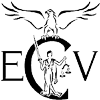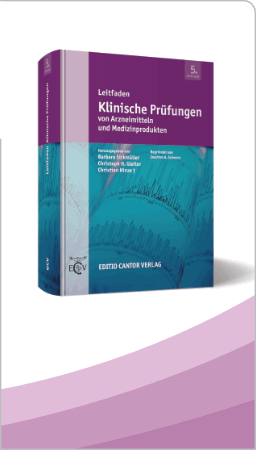| Integration von internen Qualitäts-, Sicherheits und Umweltschutz-Audits in Pharmaunternehmen Denise Mochaa, Hans-Jörg Scheuermanna, Birgit Skuballaa, Michael Ottnada,Thomas Wozniewskia und Rainer Helmut Müllerb Schering AGa, Berlin, und Freie Universität Berlinb, Department of Pharmaceutical Technology, Biotechnology & Quality Management, Berlin Manufacturing pharmaceuticals does not only require the compliance with quality principles but also the observation of regulations with regard to safety (occupational health and safety) and environmental protection. In general the compliance with internal and external requirements is monitored by audits. Depending on the type of the audit, either quality or safety and environmental aspects are checked. Besides of serving as a control instrument, an audit also represents a cost factor for the pharmaceutical industry. Due to high pressure with respect to costs and competition pharmaceutical companies not only have to optimize their production processes but also have to render their audit processes more efficient. The aim is to minimize the number or the duration of audits and at the same time still to be capable of making reliable statements on the level of compliance of the audited units. One approach for the optimization of audit processes is to conduct a common inspection on the compliance with quality, safety and environmental requirements, since these requirements have to be observed likewise in the manufacture of pharmaceuticals. Concept and implementation of this new audit approach publication series. The first part of the series deals with an interface analysis of each individual audit type. A definition of goals and objectives as well as models for integration are presented in the second part of the series. The third part of the series describes and discusses first practical experiences regarding the implementation of such models for integration. All results are based on GMPtheoretical and practical investigations of quality, safety and environmental audits, collected by interviews, process examinations, evaluation of technical literature and personal experience. |
|
|
pharmind 2005, Nr. 9, Seite 1023




